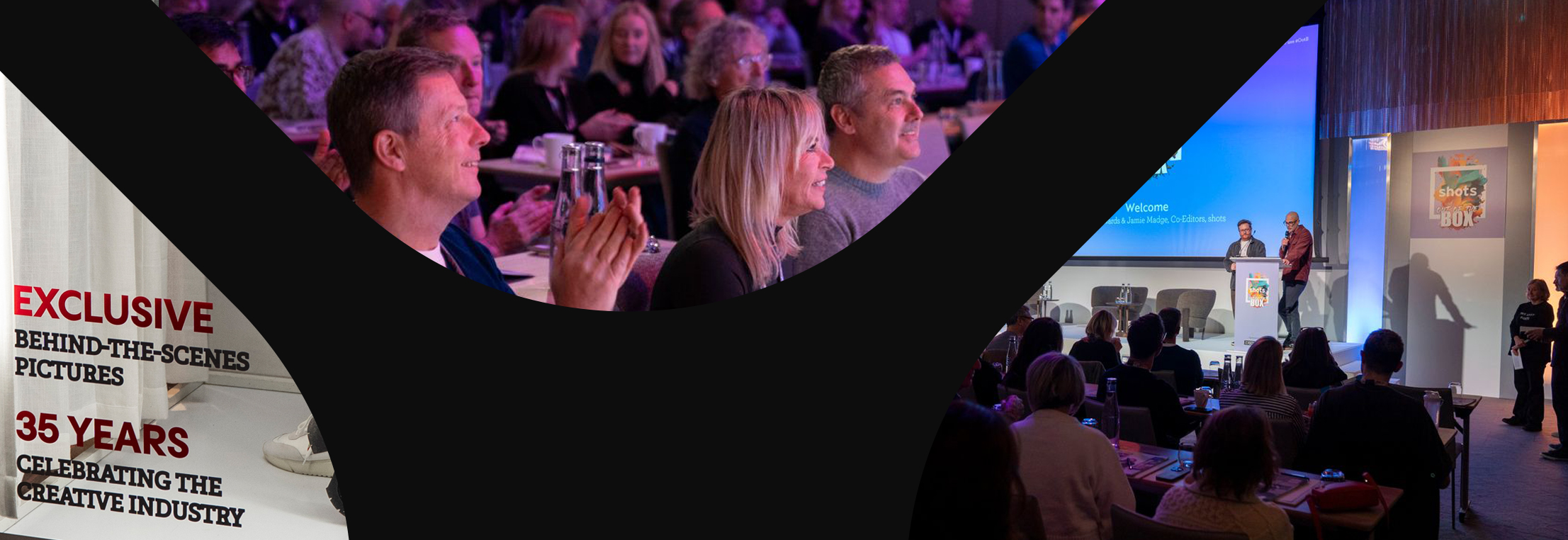Understanding the Metaverse
People are talking about it, but what it is often remains ambiguously hard to define. Welcome to the metaverse, a domain currently captivating the attention of everyone from Facebook—aka Meta—founder Mark Zuckerberg to gaming creators to marketers experimenting with NFTs. We break down the basics of what the metaverse entails and how brands can brave this new digital space.Metaverse, ExplainedIt’s important to note that the metaverse is still in a nascent phase, but ultimately it may be an immense grouping of easily accessible virtual worlds that many view as the next step in the evolution of the Internet. The term was first coined in 1992 by science-fiction author Neal Stephenson and used in his novel Snow Crash to describe an online world operated via virtual reality (VR) systems. Tech companies and makers of VR and augmented reality (AR) platforms are currently in the process of developing the metaverse, where people could one day interact with each other as avatars and move assets (like NFTs or other products) around cyberspace. For now, the metaverse represents a unique opportunity for marketers to engage digitally savvy consumers on gaming, social media and extended reality (XR) sites.Shopping in CyberspaceOnline shopping, accelerated by the pandemic when e-commerce became vital during lockdown days, has progressed well beyond mere browsing of websites. Now, virtual stores have become a gateway to the metaverse for many brands, providing an interactive and entertaining way to showcase items in a digital setting. While traditional e-commerce sites use 2D interfaces for displaying images of products that consumers can browse, shopping in the metaverse is more akin to finding oneself within an immersive, three-dimensional space that’s meant to mimic the experience of being in a brick-and-mortar shop, but better. “The virtual store environment can be a photo-realistic version of a physical store or a more creative and fantastical environment that’s rendered graphically,” said Neha Singh, founder and CEO of Obsess, a company that creates VR for brands. “Shoppers can explore the virtual environment in the same way they would explore an environment in an online video game, navigating through sections of the store and clicking on products and collections to engage with them.”American Girl recently launched a metaverse-style virtual shop, which features a museum housed in a white and pink mansion. Every room is home to a different American Girl doll, where browsers can learn details about her heritage and life. Kids add items to a digital wish list after exploring the various nooks and crannies. General Mills likewise debuted a “Tailgate Nation” experience in October, which let fans navigate a virtual tailgate site located in the parking lot of a Michigan stadium. Tents for GM brands like Chex, Old El Paso, Nature Valley and Betty Crocker allowed participants to both download recipes and shop for ingredients. “The intent of the virtual shopping experience was to help transform traditional grocery shopping from transactional to an interactive and inspirational experience,” said Stephanie Larson, senior planner of customer marketing at General Mills. “The virtual store allowed us to make shopping for, and preparing, delicious game-day snacks and meals easy, fun and interactive.”Brands Dive InSocial video gaming platform Roblox has also become a go-to destination for brands seeking to create virtual worlds where users can immerse themselves in novel digital experiences. Last May, Roblox hosted “Gucci Garden,” an online recreation of a real exhibit housed in Florence. In both the virtual and physical spaces, visitors could tour room with different themes that paid homage to Gucci’s singular designs in honor of the luxe fashion house’s 100-year anniversary. Guests interacted online as genderless avatars which they could clothe with Gucci products available for purchase. Nike also teamed with Roblox to create Nikeland, a cyber world inspired by the company’s real Oregon-based headquarters, where visitors could compete in games like tag and dodgeball to win prizes that unlocked virtual swag for their avatars.Finally, P&G Beauty dipped a toe into the metaverse by debuting their virtual world, BeautySphere, at this year’s Consumer Electronics Show (CES). Accessible through any computer, the digital space lets consumers virtually visit London’s Kew Royal Botanic Gardens to learn how botanicals play a part in various P&G beauty products. Visitors can also attend livestreamed discussions and participate in gamified challenges. “Our hope is that, through these fully immersive, digital experiences, visitors can interact with our brands in surprising, engaging new ways,” said CEO Alex Keith.It’s an exciting time for brands seeking to enter the metaverse, which is still in the process of being designed and created. Perhaps unsurprisingly, younger and more digitally savvy consumers are leading the charge when it comes to delving into virtual realms. The metaverse offers “…a chance to form an emotional connection with audiences like millennials and Gen Z who are more accustomed to virtual technologies, and these days see it as a standard that should be met for every brand,” said Noam Levavi, CEO of ByondXR, a company that builds immersive sites. We’re excited to see what unfolds next!



